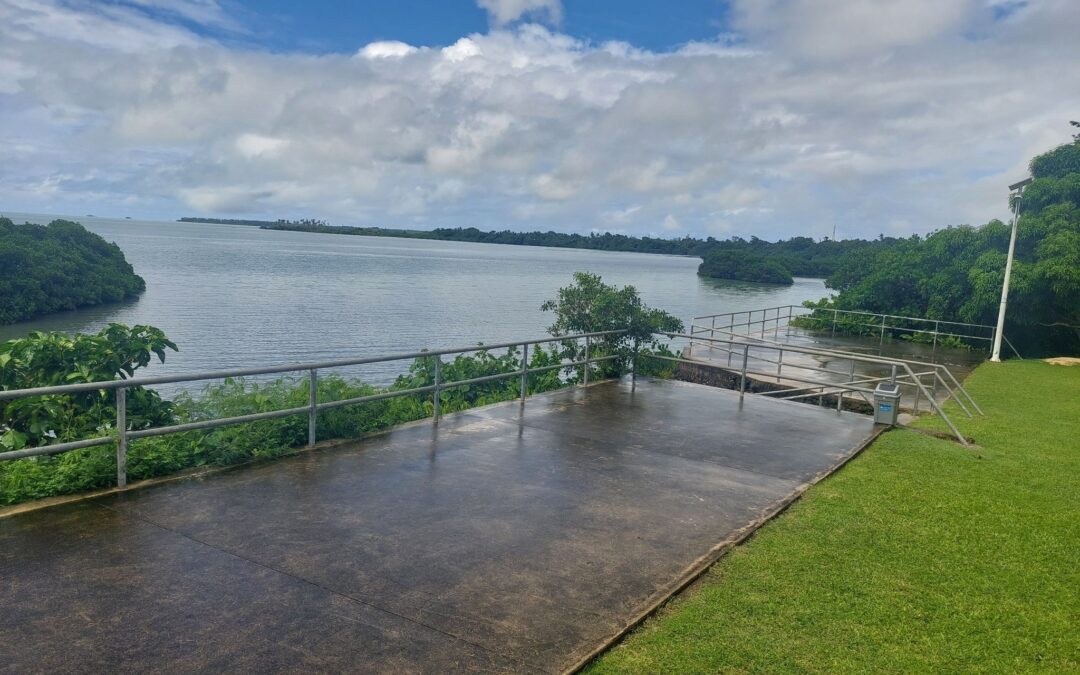The world renowned Captain James Cook is recorded in written history and the oral traditions of
Tonga as having visited Tonga three times. His first visit was in 1773, when he stopped by ‘Eua
and met with the chief Vaka’uta at Valukolo. He then continued on to Tongatapu where he was
impressed when he was “welcomed ashore by an immense crowd of men and women, none of
whom had so much as a stick in their hands”. Captain Cook saw this as a peaceful and
welcoming gesture. The second time Captain Cook came to the Tonga Islands was in 1774. He
stopped by at Nomuka in the Ha’apai group, where he was sought out by name. This indicated to
him that there was a lively and functional channel of communication present amongst the islands
and its people. The hospitality, courtesy and the non-warlike nature of the islanders in the
Ha’apai group, particularly at Lifuka had consequently earned the islands’ name of the ‘Friendly
Islands’. These first two visits were brief.
Captain Cooks’ last visit to Tonga was on the 29th of April, 1777, where he landed at Lifuka and
spent time with the people of the Ha’apai group. He then went on to Tongatapu on the 9th of
June. He stayed in Tongatapu for several months before he left. Captain James Cook was already
well-known among the chiefs and people of the islands, and he later met the Tu’i Tonga at the
time named Pau who resided at Mu’a (the ancient capital of Tonga). This served as a great
source of security for him during his stay in Tonga. While he was in Tonga, Captain James Cook
became an early ethnographer. He observed and recorded what transpired around him. His
recordings became the most highly valued documentation of pre-Christian life in the Islands.
On Cooks’ last visit in 1777, he docked at the ocean area adjacent to Holohi’ufi (current
residence of New Zealand High Commissioner) known as Fine’ūpepe. Captain Cook constructed
an observatory tent further east at Hōleva where his astronomers could observe the heavens.
Cook also witnessed the pigeon snaring arena (Sia Heu Lupe) in Popua (known as Vaolahi at the
time). Captain James Cook stayed at Hōleva (Pātangata) near the Sia Heu Lupe for four weeks.
This was to observe the solar eclipse which was to occur later on the 5th of July, 1777. It was
from there that he took a rowing boat and travelled along the passage known as Manavanga
between Nukuleka and Nukunukumotu towards ‘Alaki (this site) on his way to the kātoanga
‘inasi (annual festival) that was held in Mu’a. He rested under a great banyan tree namedMalumalu-‘o-Fulilangi which was a legendary homestead of the Tu’i Pelehake. The great
banyan tree has been gone, but a young off-shoot now stands protected at this site, to replace the
fallen Malumalu-‘o-Fulilangi.

